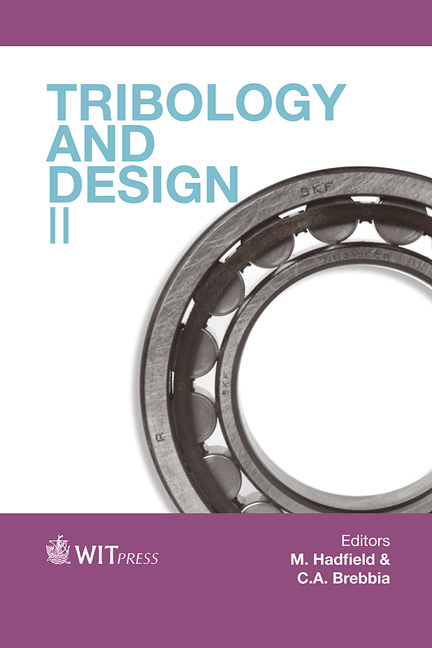Residual Stress And Retained Austenite In Induction Hardened Ductile Iron Camshafts
Price
Free (open access)
Transaction
Volume
76
Pages
13
Page Range
115 - 127
Published
2012
Size
2,115 kb
Paper DOI
10.2495/TD120101
Copyright
WIT Press
Author(s)
H. Ma, R. J. Bowers, D. O. Northwood, X. Sun & P. J. Bauerle
Abstract
Induction hardening is a key manufacturing process in the production of ductile iron automotive camshafts. Its desirable features include low-cost, a wearresistant surface, and ease of manufacturing. Due to the asymmetrical geometry of the camshaft, induction hardening generates non-uniform heating/cooling which leads to a variability in both the microstructure of the surface hardened case, principally the amount of retained austenite (RA), and the level of residual stress (RS). Both RA and RS can affect the contact fatigue performance of the camshaft. In the present study, automotive camshafts containing six lobes per camshaft were induction hardened to different schedules and the RA and RS (surface) variations were determined both between different lobes on the same camshaft and between camshafts that were induction hardened to different schedules. RA and RS measurements were made using x-ray diffraction methods by two independent, certified testing laboratories. Because of their low cost and ease of testing, we have also used optical metallographic methods to determine RA. A correlation was obtained between the RA values obtained by x-ray diffraction with those obtained by optical metallography. This data for ductile iron expands the database that was available for steels to higher carboncontent ferrous alloys. Finally, a correlation is made between RA content and RS level in order to define a robust process window. Keywords: induction hardening, surface engineering, retained austenite, residual stress, ductile iron, camshafts.
Keywords
induction hardening, surface engineering, retained austenite, residual stress, ductile iron, camshafts





